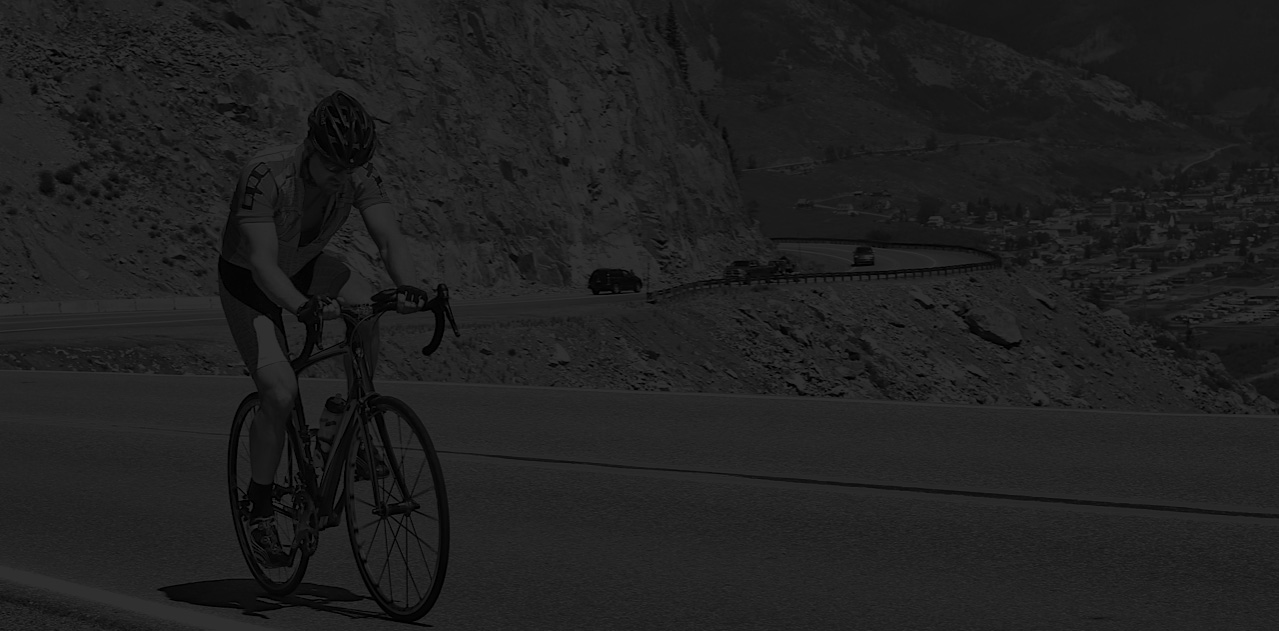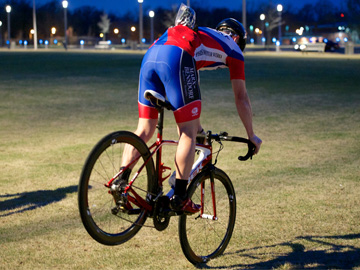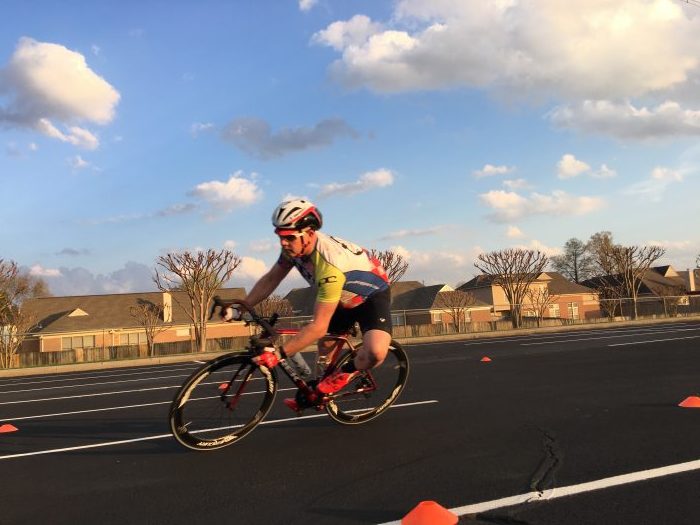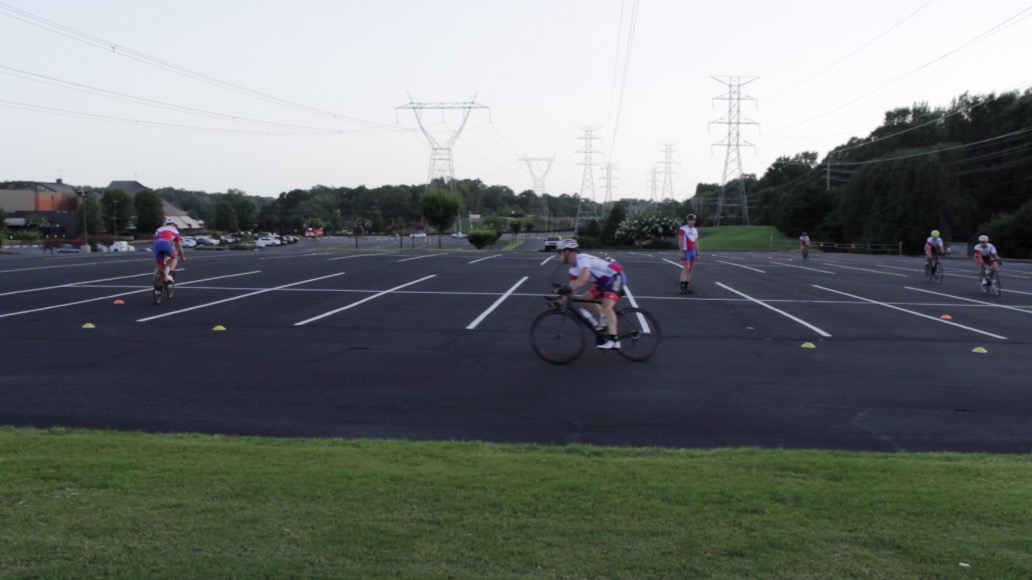Performance Enhancing Content
Let's get at it today!


Let's get at it today!


Having the ability to control your machine makes being on two wheels much safer and, in turn, much more fun. It’s great to be able to hammer and make people suffer, but what the people you are riding with will appreciate much more, is if they know you are the least likely person to cause a group pile up. If you are new to the sport of cycling, we suggest doing bike handling work as much as possible. If you are a vet, regardless of experience or race category, it is never too late to spend some time on bike handling. Besides being able to get yourself out of a bad situation, there are a lot of energy savings gained through solid bike handling skills.
This program will take you through the major bike handling skills that all riders should aspire to have. We suggest working on at least one skill every day until you are very confident in your ability. Don't move on to the next skill until you are at least able to execute the drills that accompany each skill.
0.00%
Next
Next
Bike handling sessions can be extremely fun but also a little dangerous if you don't don't take some simple precautions. Below are our tips for the where, when, and how to execute a quality bike handling session.
Next
Next
Next
Next
Next
Next
Watch the video and then get out and practice. Don't move on to the next drill until you feel confident in your slow riding ability.
Next
Track stands are the epitome of bike balance. It shows that you have full control over your machine.
When first learning them, you can try on flat pedals, or even on a mountain bike, which offers a more upright and balanced position. They can be very challenging at first, but when mastered, really score you some cool points...or safety points. Whatever.
Next
Bike body separation is an important skill to be confident in, especially for those looking to improve their cornering. Make sure you have worked on slow riding before working on bike body separation.
Hint: Make sure you are finding a balance point between forward and backward positioning. Generally, you have more balance leaning the bike or your body if you are farther back.
Next
Next
The ability to corner efficiently is a serious skill that can mean the difference in taking the win, avoiding a wreck, or simply overworking yourself into a glorious fireworks display. The main reason for superior cornering ability is always safety, but efficiency is a close second.
Let's say you are doing a 4 corner crit, or a nice long hard group ride with a ton of turns. If you are inefficient through every turn, you will get gapped by the person in front of you. That forces you and the people behind you to have to work harder, even for just a few seconds. But multiply that spike by the number of turns and BOOM GOES THE DYNAMITE!
With that, here are the major cornering basics, in order, to help you rail those turns with superior confidence:

Next
For our visual learners, here's a walk through of how these cornering skills play out in a race (or group) situation.
Next
Practicing a tighter arc is a technique we use to get people comfortable with leaning the bike (and less so the body) and to help them feel what it's like to carve a turn. A half circle forces the rider to hold the pressure on the inner hand and outer foot longer than a 90 degree turn.
You can mark off a half circle about 24ft wide (slightly wider than your average U-turn space), with an inner and an outer loop. You will stay on the inside of both arcs as if it's a road between them. The inner arc will be to sight your apex, and the outer arc is theoretically your curb. If you use cones, you can always bail out if you need to. Practice going both ways, and increasing your speed as you get more comfortable.

Tip: If you go too slow you will feel really off balance and twitchy.
Remember!
Next
90 degree turns are the most common and often the rider is turning off one road onto another adjacent road. At high speeds, 90 degree turns should NOT be pedaled through due to the amount of bike lean and the risk of clipping your pedal on the ground.
Here are our suggestions for practicing 90 degree turns:
Next
A sweeping turn is one that is greater than 90 degrees, or is an extremely wide turn. Many times sweeping turns involve entering and/or exiting the turn on multiple lane widths and not just a single lane of the road. Even at 90 degrees, many sweeping turns can be pedaled through due to the gradual arc you can take through them. They require a lesser degree of bike lean and are generally safer, especially in a group. Sweeping turns also have multiple good lines and apexes depending on where you start the turn from.
Here are our suggestions for practicing sweeping turns:

Next
Stay tuned for our more in depth training program to get you cornering like a pro! If this is something you are very interested in, speak your mind on the CA Members Facebook Page
Next
Next
Next
Next
Next
Complete Course